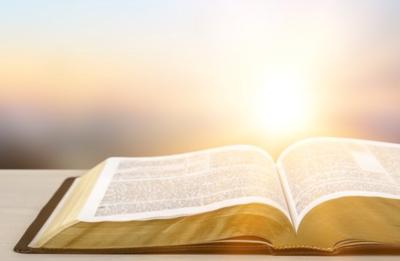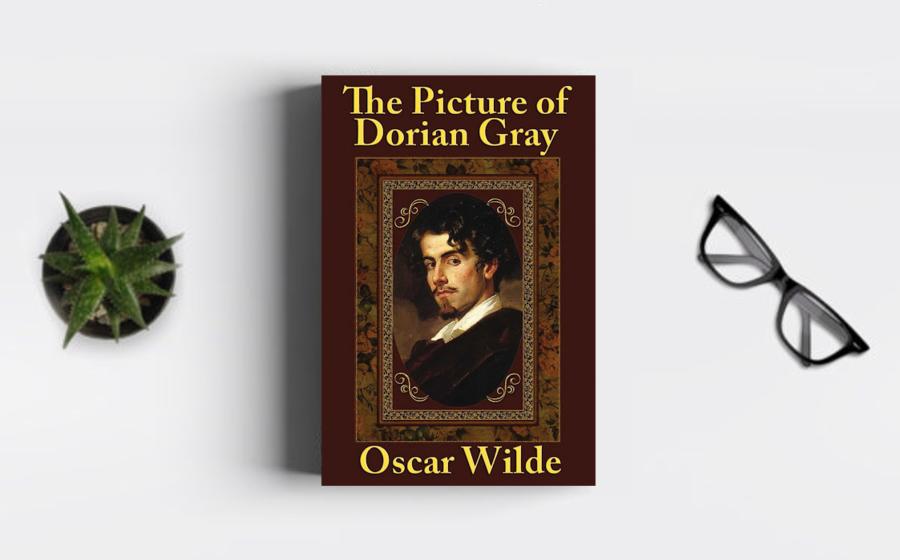"The Picture of Dorian Gray," penned by Oscar Wilde
and first published in 1890, stands as a classic
masterpiece that transcends the boundaries of its
Victorian origins. Wilde's only novel weaves a tale of
aestheticism, decadence, and the consequences of
unchecked hedonism. The narrative follows the life of
Dorian Gray, a young and exceptionally handsome man, as
he plunges into a world of pleasure, excess, and moral
decay. The novel's exploration of the Faustian bargain,
the corrupting influence of aestheticism, and the moral
consequences of living a life without consequence have
solidified "The Picture of Dorian Gray" as a literary
treasure with enduring relevance.
One reason "The
Picture of Dorian Gray" is considered a classic
masterpiece is its exploration of the Faustian bargain,
a theme that has resonated through centuries of
literature. The protagonist, Dorian Gray, strikes a
Faustian pact with his own portrait, a supernatural
arrangement where his portrait ages and bears the marks
of his moral degradation while he remains eternally
young and untouched by the consequences of his actions.
This motif, rooted in the legend of Faust, serves as a
powerful allegory for the consequences of surrendering
one's soul in pursuit of hedonistic pleasures and the
evasion of accountability. Wilde's treatment of this
timeless theme adds depth to the novel's enduring
significance.
Wilde's mastery of language and wit
contributes significantly to the classic nature of the
novel. His prose is marked by eloquence, epigrammatic
brilliance, and a keen sense of irony. Wilde's wit,
often infused with social commentary, enhances the
novel's literary appeal and provides readers with a
delightful yet incisive exploration of Victorian
society. The novel's linguistic richness, combined with
Wilde's sharp observations on art, morality, and
society, ensures its place as a classic work that
continues to be celebrated for its literary merit.
The exploration of aestheticism and its consequences
in "The Picture of Dorian Gray" adds depth to its
classic status. Wilde, a prominent figure in the
Aesthetic Movement, elevates the pursuit of beauty and
pleasure to a philosophical stance. Dorian Gray,
influenced by the hedonistic teachings of Lord Henry
Wotton, embraces a life dedicated to the pursuit of
pleasure, aesthetic refinement, and the rejection of
moral constraints. Wilde's exploration of the aesthetic
philosophy becomes a central theme, challenging societal
norms and questioning the boundaries between art and
morality. The novel's nuanced treatment of aestheticism
contributes to its classic nature as a work that
transcends its time.
The moral decay of Dorian
Gray, paralleled by the gradual corruption of his
portrait, serves as a cautionary tale and adds a layer
of moral complexity to the novel. Dorian's descent into
a life of vice, cruelty, and debauchery becomes a
chilling exploration of the moral consequences of
unchecked hedonism. The portrait's transformation into a
grotesque representation of Dorian's inner corruption
underscores the novel's themes of morality and the
inescapable impact of one's actions. Wilde's portrayal
of Dorian's moral decline remains a poignant and
thought-provoking examination of the consequences of
living without ethical restraint.
Wilde's
exploration of societal norms and the hypocrisy of
Victorian morality adds to the classic nature of the
novel. "The Picture of Dorian Gray" challenges the
conventional morality of its time, exposing the
hypocrisy and double standards that governed Victorian
society. Wilde's critique of the moral judgments imposed
by society, juxtaposed with the hidden vices of its
esteemed members, remains relevant in discussions on
societal expectations and the limitations of rigid moral
codes. The novel's subversion of societal norms
contributes to its timeless appeal and its status as a
classic work that challenges readers to question
prevailing moral standards.
The novel's
supporting characters, particularly Lord Henry Wotton
and Basil Hallward, enhance its classic status through
their role in shaping Dorian's destiny. Lord Henry, a
charismatic and cynical influencer, becomes the catalyst
for Dorian's descent into decadence, introducing him to
the philosophy of pleasure without consequences. Basil,
the artist who paints Dorian's portrait, represents the
moral conscience and the conflict between art and
morality. The complex relationships between these
characters contribute to the novel's richness, providing
readers with a multifaceted exploration of the
influences that shape individual destinies.
Wilde's exploration of the duality of human nature,
embodied in the contrast between Dorian's external
beauty and internal corruption, adds a psychological
depth to the classic nature of the novel. Dorian's
portrait becomes a symbolic representation of the hidden
depths of the human soul and the consequences of
suppressing one's darker impulses. Wilde's portrayal of
the conflict between the outward appearance and the
internal reality of individuals resonates with readers,
making "The Picture of Dorian Gray" a timeless
exploration of the complexities of human nature and the
consequences of denying one's true self.
The
novel's relevance to contemporary discussions on the
pursuit of perfection and the consequences of
unrealistic societal expectations contributes to its
classic status. In an era dominated by social media and
the relentless pursuit of an idealized image, Wilde's
exploration of the destructive impact of the pursuit of
perfection remains remarkably prescient. The pressure to
conform to societal standards of beauty and success,
often at the expense of personal authenticity, echoes
the themes presented in "The Picture of Dorian Gray."
Wilde's critique of a culture obsessed with appearance
continues to resonate with readers navigating the
challenges of modern expectations.
Wilde's
examination of the relationship between art and life,
represented by Dorian's portrait, adds an intellectual
dimension to the novel. The portrait becomes a symbol of
the artist's ability to capture the essence of his
subject, transcending the limitations of time and
mortality. Wilde's philosophical reflections on the
nature of art, the artist's role, and the potential for
artistic creations to bear the weight of moral
consequences contribute to the novel's classic nature.
"The Picture of Dorian Gray" invites readers to ponder
the ethical implications of artistic expression and the
responsibility of creators for the impact of their work.
The novel's Gothic elements, including its
exploration of the supernatural and the macabre,
contribute to its classic status. The supernatural
premise of the portrait's mystical connection to
Dorian's soul introduces an element of horror that
enhances the novel's psychological depth. Wilde's
incorporation of Gothic elements, including the eerie
transformation of the portrait, adds a layer of suspense
and contributes to the enduring allure of the novel as a
work that transcends conventional genres.
The
open-ended conclusion of "The Picture of Dorian Gray"
adds to its classic nature, leaving readers with room
for interpretation and contemplation. Wilde's decision
to conclude the narrative without providing a definitive
resolution allows for ongoing discussions about the fate
of Dorian Gray and the broader implications of his
story. The ambiguity of the ending invites readers to
engage with the novel on a deeper level, fostering
interpretations that align with individual perspectives
on morality, redemption, and the consequences of one's
choices.
"The Picture of Dorian Gray" by Oscar Wilde is a classic masterpiece that continues to captivate readers with its exploration of aestheticism, decadence, and the moral consequences of unchecked hedonism. Wilde's wit, linguistic brilliance, and profound insights into human nature contribute to the enduring appeal of the novel. As a work that challenges societal norms, questions the duality of human nature, and explores the timeless theme of the Faustian bargain, "The Picture of Dorian Gray" stands as a literary treasure with enduring relevance and continues to be celebrated for its intellectual richness and moral complexities.






